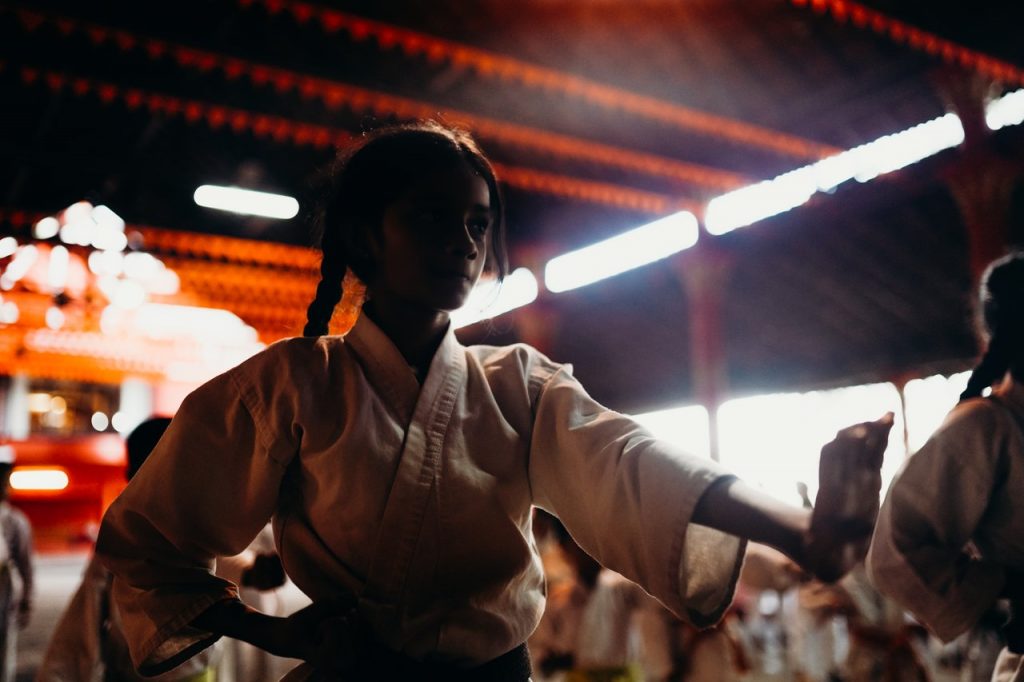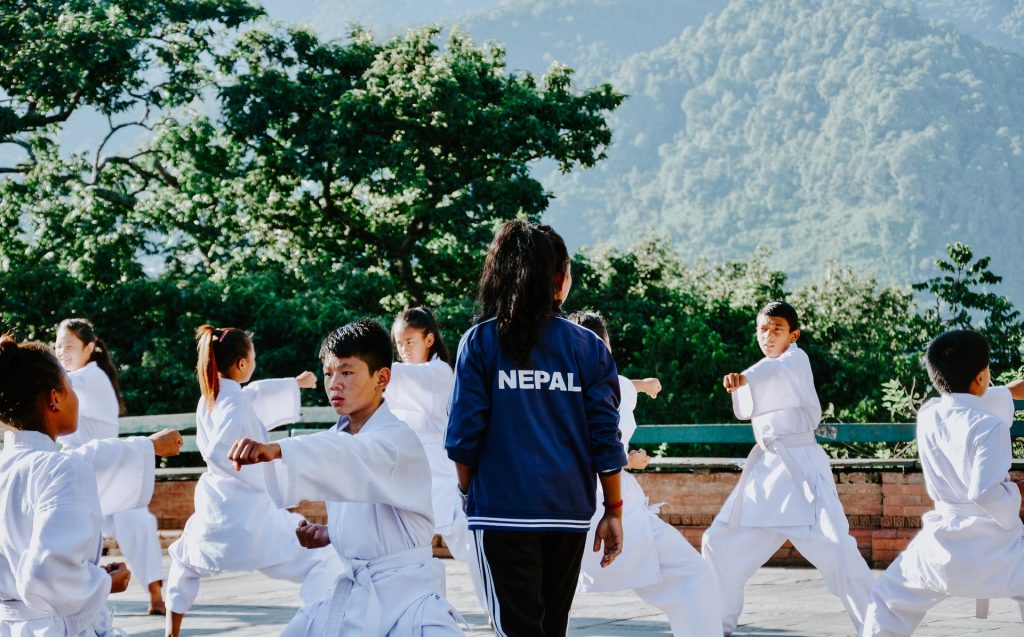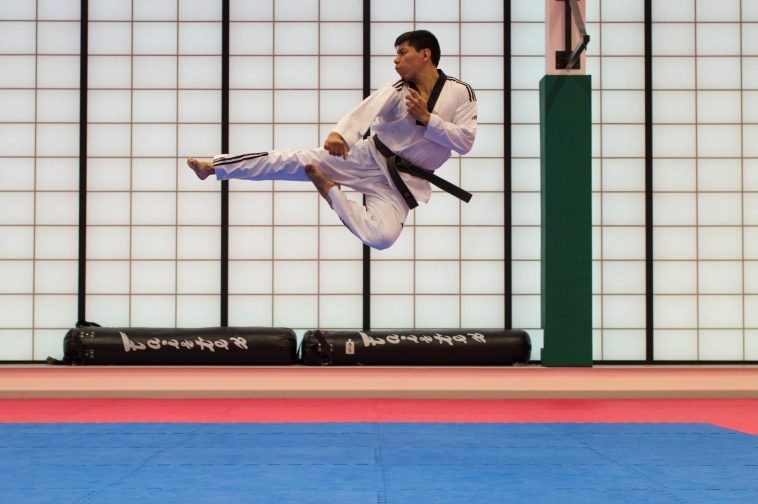Most beginners (like me) are used to training in groups for efficiently landing kicks and improving posture. Though, recent events disallow group meetings that minimized group training sessions. Without kick-pads and a partner to guide you throughout training, how are you supposed to improve?
Here are some tips that worked for me and could potentially work for you too!
Always warm up before attempting the exercise further.
Remember to stretch, warm up, then follow it up with conditioning exercises. Not only does it prevent injuries by giving your body time to warm up for exercise, but also to prevent extreme exhaustion after doing so.
Here is an easy exercise video to follow along while warming up. Feel free to adjust the exercises to what works best for you and your body.
Practice kicks beside a wall.
If you are the type of person who can easily lose their balance, then the wall will be your best friend. Prop an arm against the wall and start practicing those kicks, slowly adjusting your distance from it until you can manage the exercise without falling over. Front kicks, roundhouse kicks, and side kicks are best practiced with the wall for balance.
Understand your fighting stance.

Always start and perfect the fundamentals since these are the roots of the whole tree. Many coaches say that the trick to Taekwondo is to always “bounce” during the fighting stance, meaning the front portion of the foot is lifting the body up and down. This is to help the body relax and to improve reaction speed. Kicks would feel easier and more manageable when done with full power.
Breathe and shout.
When performing kicks, it is important that the upper body remain calm and unstrained, especially in the shoulder area. This would allow higher and faster kicks to form. If it feels unnatural, try to take a deep breath in then breathe out (and shout) when landing the kick.
Another way to improve upper body relaxation is to meditate for 5 minutes. If you find it hard breathing in or out, then the body is not completely relaxed. Doing this daily not only affects exercise performance but mental performance as well especially when experiencing high levels of stress.
Wall stretching for better results.
Are you ready to experience pain like no other to improve flexibility? Just kidding, but it is really slightly more painful since your leg muscles (more on the thigh portion) are being pushed down, thanks to gravity.
To understand it is to experience it in three steps:
Step 1: Lie down facing the wall. Push your butt (or rather tailbone) until it touches the wall.
Step 2: Position your legs upwards, laying flat against the wall. You would end up looking like a letter “L”.
Step 3: Spread your legs apart, just like doing a split, and let gravity do the work. Hold the position for 30 seconds then, slowly lift your legs back together. If you’re up for it, do another round.
Still confused? Click here for a short video on how to stretch against the wall, the visuals may help understand the process.
Cardio, cardio, more cardio.

You may be able to kick high but you need the strength and oxygen to land powerful kicks and control them in order to lessen possible injuries. Flexibility should not be the only thing focused on but also your strength, stamina, speed, and accuracy by performing different sets of exercises. The beauty of exercising at home is that you know your limits and how much extra effort you’re willing to exert to surpass those limits.
Research.
There are plenty of techniques available online, especially on Youtube. Use these to your advantage and try to incorporate these into your personal training regimen in order to further improve your capabilities. Every little thing helps, right?
Awareness before application. Here are a few things you need to pay attention to before training:
1. Clear out a wide, spacious area to exercise to avoid accidentally bumping into objects especially when gym floor mats are unavailable.
2. When exercising barefoot, make sure the area is void of sharp objects and anything that can cause slipping. Wearing light rubber shoes is also an alternative.
3. Taking sips of water during breaks is necessary for rehydration without the bloating since gulping water encourages bloating.




